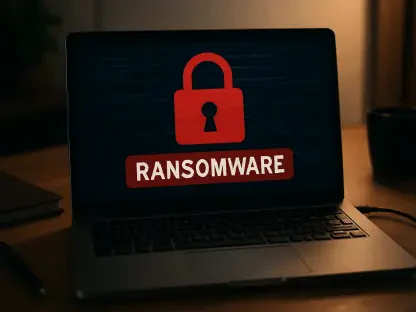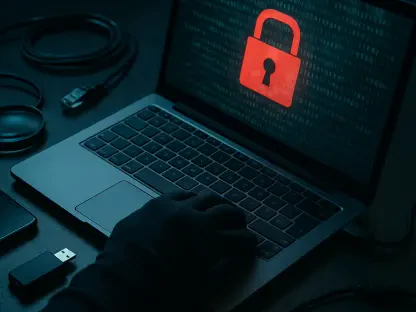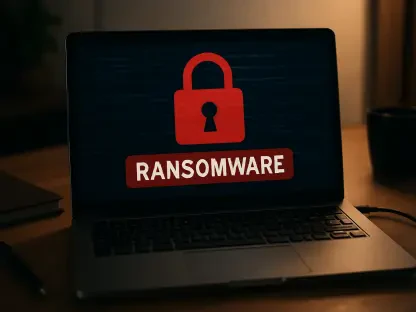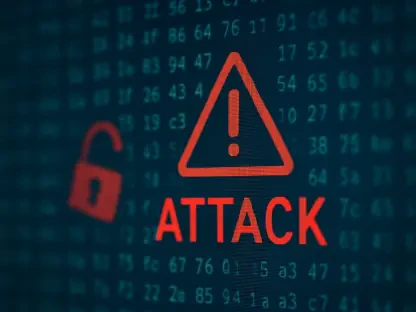Email security threats have surged significantly, compelling organizations worldwide to refine their cybersecurity strategies. In today’s digital-driven era, phishing attacks, malspam, and other malware activities present formidable challenges. As cybercriminals refine their tactics, understanding these trends is crucial for safeguarding sensitive information and ensuring operational integrity.
Evolution of Email Security Threats Explored at Recent Event
The event highlighted the rapid evolution of email security threats and their increasing sophistication. Cybercriminals have amplified phishing techniques and developed malware that poses serious risks to organizations. These threats not only impact financial standings but also damage reputations, emphasizing the need for constant adaptation in cybersecurity practices. Organizations cannot afford complacency as they strive to guard against these ever-evolving dangers.
Unveiling New Phishing Tactics Through Expert Analysis
A focal point of discussion was the advanced phishing techniques used by threat actors, notably highlighted through insights from cybersecurity experts. An example is the Morphing Meerkat Phishing Kit, which uses DNS mail exchange records to impersonate a myriad of brands. Cybersecurity professionals underscored the alarming sophistication of these phishing-as-a-service platforms and elaborated on how these threats leverage technology to enhance their legitimacy, often exploiting unused domains for malicious purposes.
Misuse of Dormant Domains and Inadequacies in Security Protocols
Panel discussions shed light on the misuse of dormant domains in malspam campaigns, which underscores the limitations of traditional email security protocols like DKIM, DMARC, and SPF. Experts debated potential remedies, stressing the importance of evolving security measures to counteract these methods effectively. By exploiting inactive domains, cybercriminals bypass age-based detection measures, showcasing a significant loophole in current defenses.
Insightful Workshops on Cyber Threat Strategies
Interactive workshops offered attendees practical insights into detecting and responding to email security threats. Through hands-on sessions, participants engaged with real-world scenarios, learning how to identify and counteract threats effectively. The emphasis on direct interaction fostered a deeper understanding of potential security measures, empowering attendees with strategies to bolster their defenses.
Introducing Emerging Innovations in the Cybersecurity Sphere
Emerging technological solutions were showcased, including advancements like Cloudflare R2 in combating email security threats. Attendees were treated to demonstrations of state-of-the-art tools designed to enhance email security frameworks. These innovations represent significant leaps forward, providing robust new options for cybersecurity teams aiming to strengthen their email defenses.
Key Takeaways and Strategic Industry Implications
Major insights gathered during the event emphasized the need for improved combat strategies against evolving email threats. These gathered insights are expected to influence future cybersecurity trends, marking a shift toward more comprehensive solutions. The event underscored the importance of continuous advancement and vigilance to fortify email security and safeguard sensitive data.
Building Resilience Through Continued Cybersecurity Research
Finally, the event highlighted the necessity of ongoing research in email security to maintain resilience. Integrating advancements into standard industry protocols was emphasized as critical, as organizations strive to sustain robust security. Long-term vigilance remains paramount, as cybersecurity continues to adapt in response to sophisticated email threats.
In conclusion, the event provided a comprehensive exploration of current challenges in email security and introduced actionable insights for future strategies. Attendees left with a deep understanding of the complex landscape and were inspired to implement innovative, adaptive measures in their ongoing efforts to protect organizational data from evolving cyber threats.








